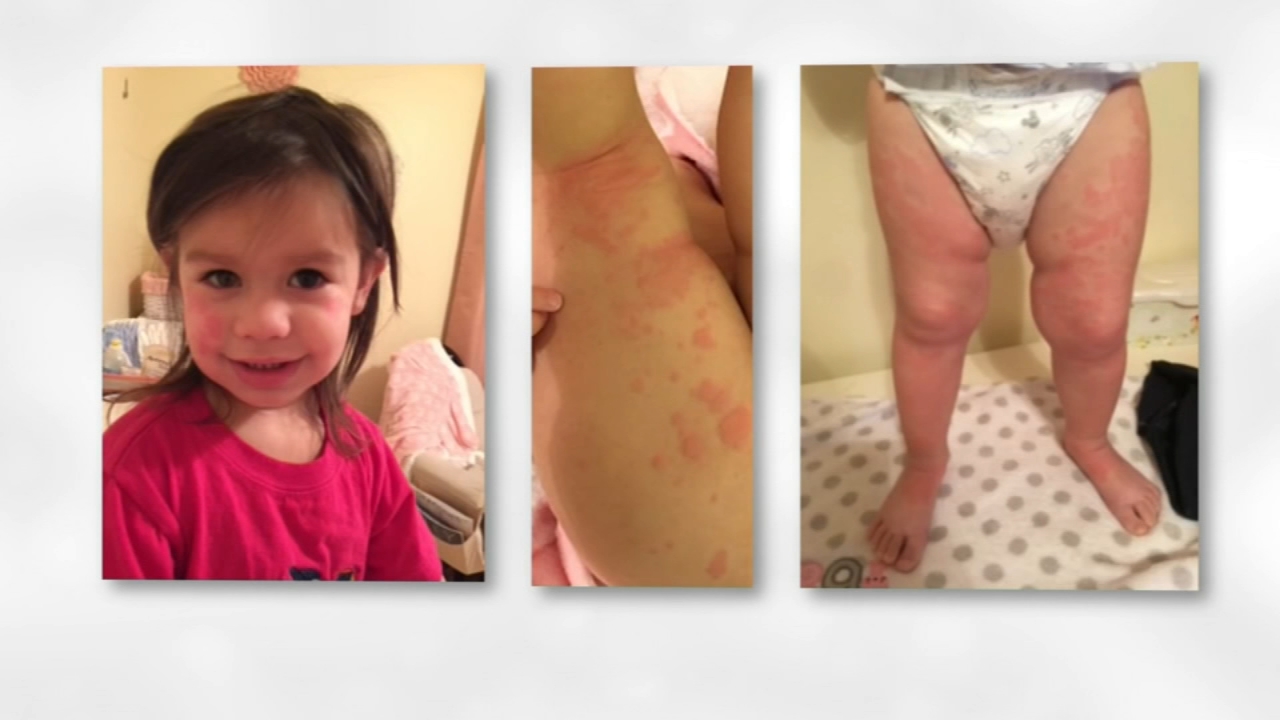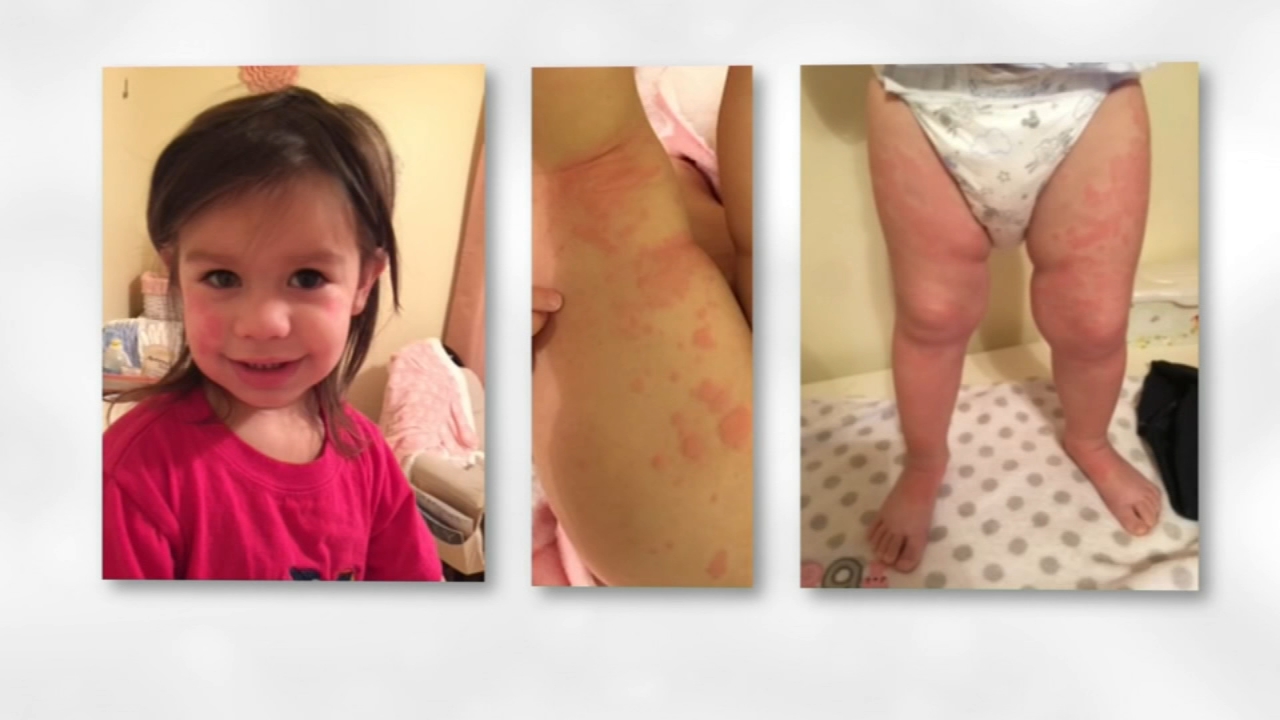Amoxicillin Side Effects in Toddlers: What You Need to Know
As a parent, there’s nothing more worrying than seeing your little one feeling unwell and struggling with an ear infection or strep throat. When the doctor prescribes amoxicillin, a common antibiotic for toddlers, you want to make sure it’s safe and effective for them. But what about the potential side effects? Are they worth the benefits?
The Importance of Knowing Amoxicillin Side Effects in Toddlers
It’s crucial to understand that every child is different, and while amoxicillin can be a game-changer in treating infections, it’s not without its risks. As a parent, you need to be aware of the possible side effects to make an informed decision about treatment and ensure your toddler receives the best possible care.
What You Need to Know About Amoxicillin Side Effects in Toddlers
The most common amoxicillin side effects in toddlers include:
- Allergic reactions: rare but potentially life-threatening
- Vomiting and diarrhea
- Abdominal pain and cramps
- Skin rash and hives
- Fever
In this blog post, we’ll delve deeper into the world of amoxicillin side effects in toddlers, exploring what you need to know to keep your little one safe and healthy. Stay tuned for our next section, where we’ll discuss the potential risks and benefits of using amoxicillin in young children.

The Most Common Amoxicillin Side Effects in Toddlers: What You Need to Know
As a parent, it’s natural to worry about the potential side effects of any medication, including amoxicillin. While rare, allergic reactions are one of the most serious concerns when it comes to amoxicillin use in toddlers.
An allergic reaction can occur within minutes or hours after taking amoxicillin, and it’s crucial to recognize the warning signs. If your child experiences symptoms such as hives, itching, swelling of the face or throat, difficulty breathing, or a rapid heartbeat, seek medical attention immediately. According to the American Academy of Pediatrics (AAP), anaphylaxis is a rare but life-threatening reaction that requires prompt treatment.
In addition to allergic reactions, vomiting and diarrhea are common amoxicillin side effects in toddlers. These symptoms can be uncomfortable for your child, but they’re usually mild and temporary. In most cases, these side effects subside within 24-48 hours after starting the medication.
Abdominal pain and cramps can also occur as a result of taking amoxicillin. While unpleasant, these symptoms are generally not severe and may be relieved with over-the-counter antihistamines or anti-diarrheal medications. However, if your child experiences severe abdominal pain, bloody stools, or vomiting that lasts more than 2 days, consult your pediatrician for further guidance.
Skin rashes and hives are another common side effect of amoxicillin in toddlers. These reactions can range from mild to severe and may appear within hours or days after starting the medication. In most cases, skin rashes caused by amoxicillin resolve on their own without treatment. However, if your child’s rash is severe, widespread, or accompanied by other symptoms such as fever or swollen lymph nodes, consult your pediatrician for further evaluation.
Fever is a common side effect of amoxicillin in toddlers, especially during the first few days of treatment. In most cases, fevers associated with amoxicillin are mild and can be managed with over-the-counter medications like acetaminophen or ibuprofen. However, if your child’s fever exceeds 104°F (40°C) or lasts more than 3-4 days, consult your pediatrician for further guidance.
It’s essential to remember that every child reacts differently to amoxicillin and may experience side effects not listed here. If you have concerns about the potential side effects of amoxicillin in your toddler, consult your pediatrician or healthcare provider for personalized advice.
In our next section, we’ll explore the benefits and risks of using amoxicillin in young children. Stay tuned to learn more about this important topic!
Expert Consultation for Amoxicillin Side Effects in Toddlers
Get expert advice and guidance on managing amoxicillin side effects in toddlers. Our medical experts are here to help.
Start chatAmoxicillin Side Effects in Toddlers: What You Need to Know
As a parent, there’s nothing more worrying than seeing your little one feeling unwell and struggling with an ear infection or strep throat. When the doctor prescribes amoxicillin, a common antibiotic for toddlers, you want to make sure it’s safe and effective for them. But what about the potential side effects? Are they worth the benefits?
The Importance of Knowing Amoxicillin Side Effects in Toddlers
It’s crucial to understand that every child is different, and while amoxicillin can be a game-changer in treating infections, it’s not without its risks. As a parent, you need to be aware of the possible side effects to make an informed decision about treatment and ensure your toddler receives the best possible care.
What You Need to Know About Amoxicillin Side Effects in Toddlers
The most common amoxicillin side effects in toddlers include:
- Allergic reactions: rare but potentially life-threatening
- Vomiting and diarrhea
- Abdominal pain and cramps
- Skin rash and hives
- Fever
In this blog post, we’ve explored the potential side effects of amoxicillin in toddlers. While it’s natural to feel concerned about these risks, it’s essential to weigh them against the benefits of effective treatment.
Key Takeaways:
- Amoxicillin is a common antibiotic prescribed for toddlers with ear infections or strep throat
- The most common side effects include allergic reactions, vomiting, diarrhea, abdominal pain, skin rash, and fever
- Awareness of these side effects allows parents to make informed decisions about treatment
As a parent, it’s your responsibility to stay informed and vigilant when it comes to your child’s health. By understanding the potential side effects of amoxicillin in toddlers, you can make a more educated decision about treatment and ensure your little one receives the best possible care.
A Final Word:
While amoxicillin may not be the most enjoyable medicine for your toddler to take, it’s often an effective way to treat infections. By being aware of the potential side effects and weighing them against the benefits, you can make a decision that’s right for your child. Remember, as a parent, you have the power to advocate for your child’s health and well-being. Stay informed, stay vigilant, and always put your child’s needs first.
Low Iron Saturation: A Critical Health Indicator: Did you know that low iron saturation is a telltale sign of an underlying health issue? In this thought-provoking article, we’ll delve into the surprising connections between iron levels and overall health. From fatigue to mood swings, learn how maintaining healthy iron levels can transform your life.
Specific Gravity Urine: 1.020: Ever wondered what’s hiding in your urine? In this insightful article, we’ll explore the fascinating world of specific gravity readings and what they can reveal about your body’s inner workings. From hydration levels to kidney function, discover the secrets that your pee can tell you!


